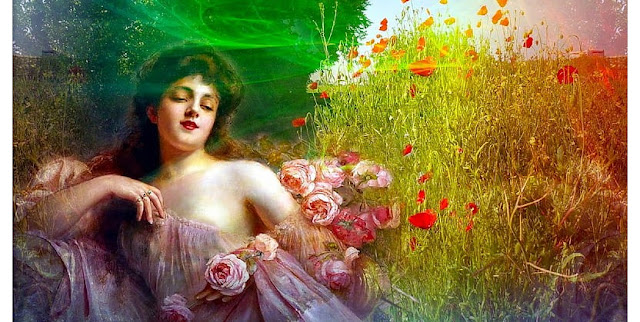What is satire?
Satire is a literary or artistic genre that uses humor, irony, or exaggeration to expose and criticize human vices, follies, or shortcomings. The purpose of satire is often to provoke a change in society or to highlight and challenge existing social norms or values.
Satire can take many forms, including literature, film, television, art, and political cartoons. Some of the most famous examples of satire include the works of Jonathan Swift, Mark Twain, and George Orwell.
Satire is often characterized by its use of wit and humor to make a point. It can be both entertaining and thought-provoking, and it can challenge the audience to think critically about the world around them. Satire can also be controversial and provocative, as it often challenges established power structures and beliefs.
Overall, satire is a powerful tool for social critique and commentary, and it has played an important role in shaping our understanding of the world and the issues that affect us.
Consider "The Rape of The Lock" as a social satire,
"The Rape of the Lock" by Alexander Pope is a social satire that takes a lighthearted, yet biting, look at the trivialities and excesses of the aristocratic society in the 18th century. The poem was first published in 1712, during a time when the upper-class of England was known for their lavish lifestyle, ostentatious behavior, and obsession with status and beauty.
The poem is based on a real-life incident in which Lord Petre cut a lock of hair from Arabella Fermor's head, which led to a feud between the two families. Pope uses this event as a starting point for his satire, but he takes it to a whole new level by transforming it into a mock-epic poem that satirizes the aristocracy's obsession with trivial matters such as fashion, beauty, and social status.
One of the main targets of Pope's satire is the vanity of the upper-class women. In the poem, we see how Belinda, the protagonist, spends hours getting ready, applying makeup, and decorating her hair. The poem describes in great detail the various accessories, such as patches, ribbons, and combs, that Belinda uses to enhance her beauty. Pope uses humor to mock the absurdity of such practices, emphasizing the pointlessness of such efforts in the grand scheme of things.
Pope's satire also extends to the men of the aristocracy. In the poem, the men are equally vain and superficial. We see this in the character of Sir Plume, who is obsessed with his own appearance and spends hours fixing his wig. Sir Plume's behavior is representative of the general attitudes of the aristocratic men of the time, who were often more concerned with their own appearance and reputation than anything else.
Pope also satirizes the social conventions of the time. In particular, he takes aim at courtship and marriage. In the poem, we see the male characters attempting to woo the female characters with compliments and flattery. However, this is not a genuine expression of love or affection, but rather a way for them to further their own interests. Marriage, in Pope's view, is little more than a business transaction, a way for families to increase their wealth and social status.
The poem also satirizes the gender roles of the time. Women were expected to be virtuous and chaste, yet they were also expected to be objects of desire. The men of the aristocracy would often use flattery and compliments to woo women, yet they also objectified them by reducing them to their appearance and their ability to attract men. This is seen in the poem when the Baron, the villain of the story, cuts off Belinda's lock of hair, which is symbolic of her beauty and her value as a desirable object.
Pope also satirizes the aristocracy's excesses. In the poem, we see the aristocrats engaging in gambling, drinking, and other forms of excess. They are portrayed as decadent and morally corrupt, lacking any sense of responsibility or purpose. The poem also exposes the hypocrisy of the upper-class society, where outward appearances are more important than inner virtues. The poem shows that wealth and status do not necessarily equate to moral character or goodness.
Despite its satirical tone, "The Rape of the Lock" is also a work of great beauty and artistry. Pope's use of heroic couplets and mock-epic style is impressive, and the poem is filled with vivid imagery and clever wordplay. The poem is a masterpiece of satire, and it remains one of the most celebrated works of English literature to this day.
In conclusion, "The Rape of the Lock" is a social satire that takes a humorous yet critical look at the excesses and trivialities of the









